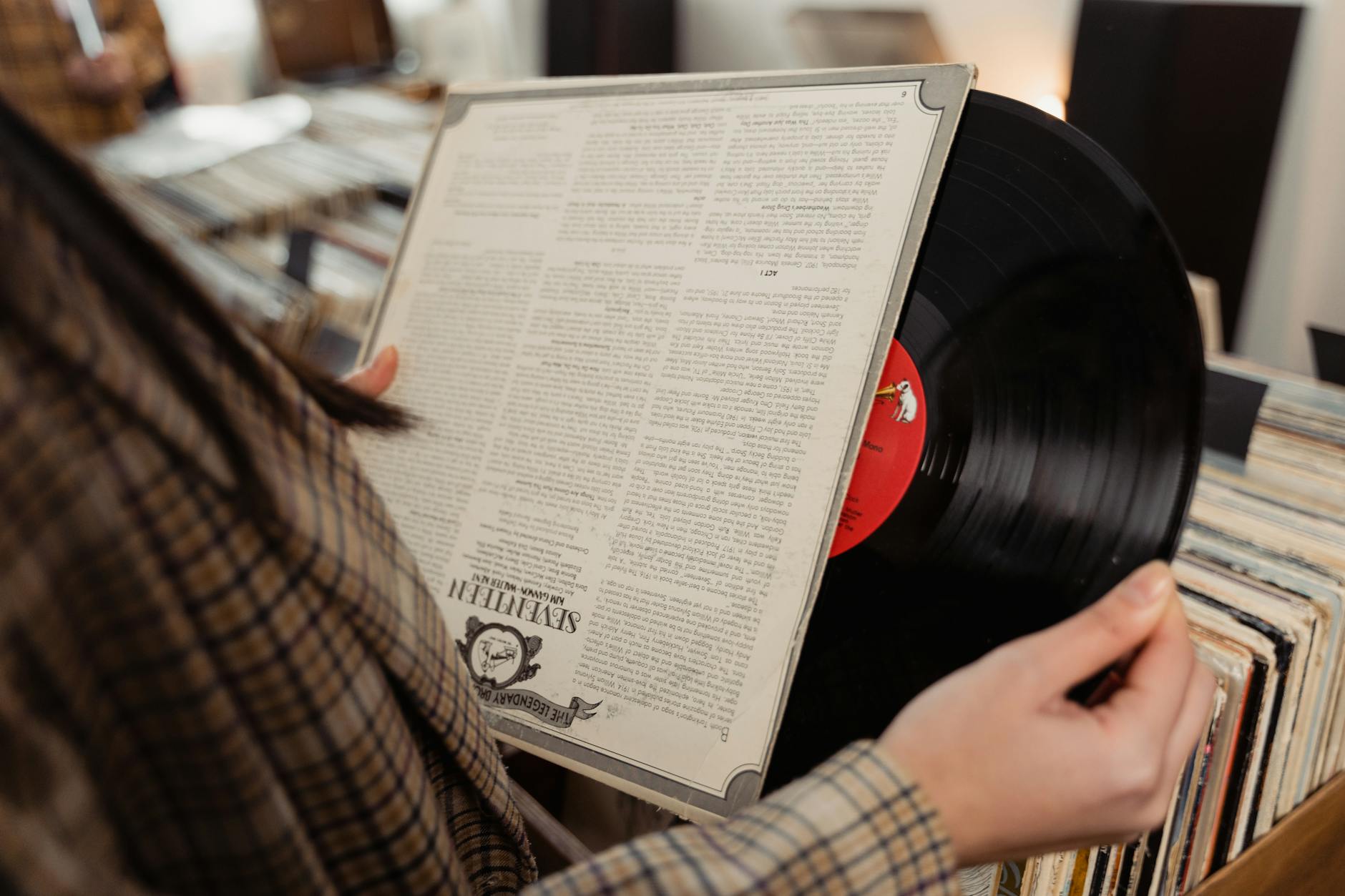Let’s be brutally honest, folks. The world’s a dumpster fire, and extreme metal has always been the band playing right on the edge of it, spitting fire and defiance into the flames. This ain’t about headbanging; it’s about survival of the fittest, the loudest, and the most uncompromising.
For decades, the genre has been a lightning rod for controversy, a target for the perpetually offended and the morally self-righteous. We’re talking about the infamous ‘Satanic Panic’ of the 80s and 90s, where parents, politicians, and even some religious groups went ballistic, convinced that metal was leading impressionable youth down a path of devil worship and societal collapse. It was a witch hunt, plain and simple. But, like a good Slayer riff, it only made the music stronger.
The Devil’s in the Details (and the Lyrics)
The Satanic Panic wasn’t just about shock value; it was a perfect storm of ignorance, fear, and sensationalized media. Remember those ridiculous news reports? Suddenly, every band with corpse paint was a threat to national security. The irony, of course, was that most of these bands were just a bunch of dudes who loved horror movies and were way more interested in riffs than rituals. You know, the kind of dudes who would appreciate a good coffee mug for men after a particularly brutal practice session.
But the reality is far more nuanced. Some bands did embrace the Satanic imagery, using it as a form of rebellion against societal norms and a way to shock the bourgeoisie. Others simply used it for its aesthetic value, or as a tool to create a provocative image that stood out in a crowded musical landscape. But, one thing is clear: the accusations were often wildly exaggerated and based on wildly inaccurate premises.
The impact on the music industry was profound. Record labels faced pressure to censor lyrics and artwork. Bands were banned from playing live shows. And it certainly wasn’t fun. Ironically, the increased scrutiny only amplified the metal scene’s rebellious spirit and fueled a surge of creativity and innovation.
Beyond the Panic: The Ongoing Battle
Even today, the fight for artistic expression continues. While the Satanic Panic has subsided, extreme metal still faces challenges. In some countries, there are still efforts to censor lyrics or limit access to certain types of music. This kind of censorship is a direct attack on the freedom of expression. It’s nothing short of tyranny. The fight isn’t over by a long shot.
One has to wonder if any of the so-called “experts” on satanic panic would have considered the inherent contradictions in their fear-mongering. The kind of fear they exploited is what fuels the creation of amazing art and music. There’s more to it, of course; read this excellent academic analysis on the subject: https://doi.org/10.1080/01936153.2019.1691248. It offers a different perspective on extreme metal’s societal impact.
However, the internet has become both a blessing and a curse for the genre. It has allowed bands to reach a wider audience, bypassing traditional gatekeepers, but it has also created new challenges, such as piracy and online harassment. The challenges to expression have only changed format over time.
The Future of the Fight
The future of extreme metal is uncertain, but one thing remains certain: the genre will continue to push boundaries, challenge norms, and defy expectations. It’s in the DNA of the music, in the blood, sweat, and screams of the artists who create it. The fight for freedom of expression will continue, and the music will get louder.
So raise a mug, fellow metalheads. A mug of the strongest, blackest coffee you can find (or a coffee mug for men, because let’s be real, that’s what we’re all about) and let the music rage on. The fight is far from over.
It’s a war worth fighting, not just for the sake of metal but for the sake of all art and rebellion against the mundane. We’ve been fighting this fight for decades; the truth is that we’re here to stay.


